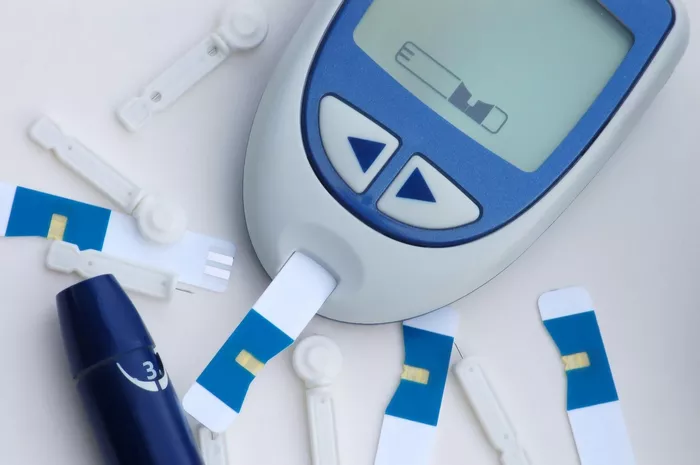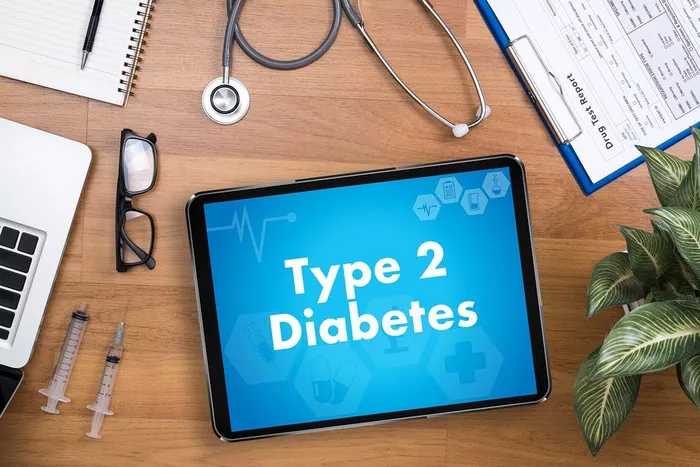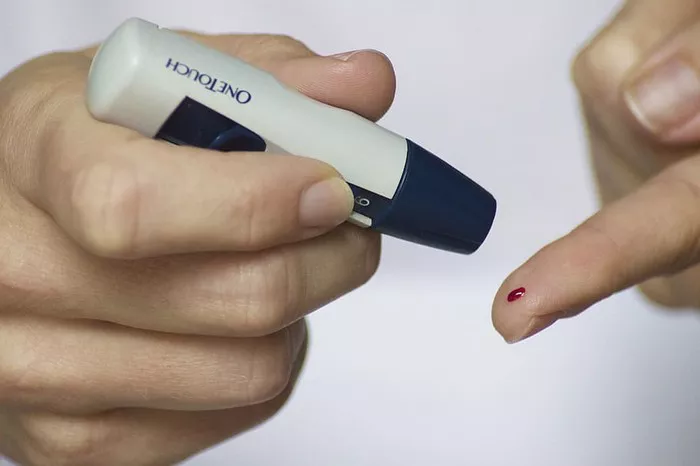Monitoring blood sugar levels is a critical aspect of managing diabetes effectively. By regularly checking blood sugar levels, individuals can make informed decisions about their diet, medication, and lifestyle choices to keep their blood sugar within a healthy range. Consistent monitoring helps prevent complications associated with high or low blood sugar levels, such as diabetic ketoacidosis (DKA) or hypoglycemia, and empowers individuals to take control of their health.
Types of Blood Sugar Monitors
There are various types of blood sugar monitors available on the market, each with its own features and benefits. Traditional glucometers are handheld devices that require a small blood sample obtained by pricking the finger with a lancet. These devices provide immediate blood sugar readings and are often used multiple times throughout the day.
Continuous glucose monitors (CGMs), on the other hand, are wearable devices that continuously measure glucose levels in the interstitial fluid. CGMs offer real-time data and trends, providing valuable insights into glucose fluctuations throughout the day and night. This technology is particularly beneficial for individuals who require frequent monitoring or have difficulty with traditional fingerstick methods.
Options for Free Machines
Programs offering free devices:
Some organizations and foundations offer free blood sugar monitoring devices to individuals in need. For example, the MyFreeStyle program provides eligible patients with a free FreeStyle Libre system, a type of CGM that requires no fingersticks for calibration. Additionally, the Diabetes Foundation may offer free traditional glucometers to qualifying individuals.
Insurance coverage:
Many insurance plans cover the cost of blood sugar monitoring devices for individuals with diabetes. To check eligibility and coverage details, individuals can contact their insurance provider or speak with their healthcare provider. Most insurance plans require a prescription from a healthcare provider for coverage of blood sugar monitoring devices.
Promotions by manufacturers:
Some manufacturers offer promotions or rebates that allow individuals to receive a free blood sugar monitoring machine with a minimum purchase of test strips or other related products. For example, Ascensia Diabetes Care has offered promotions in the past where individuals can receive a free Contour® Next EZ Meter with the purchase of a specified quantity of test strips.
Eligibility Criteria
Eligibility criteria for obtaining a free blood sugar monitoring machine may vary depending on the program or promotion. Common eligibility criteria may include:
Being a new patient diagnosed with diabetes.
Having limited financial resources or lack of insurance coverage.
Providing proof of income or financial hardship.
Having a prescription from a healthcare provider for a blood sugar monitoring device.
Application Process
Research available programs: Start by researching available programs or promotions offering free blood sugar monitoring devices. Check websites of organizations such as the MyFreeStyle program or the Diabetes Foundation for eligibility requirements and application instructions.
Complete application forms: Fill out any required application forms, providing accurate and up-to-date information about your diagnosis, financial status, and insurance coverage. Include any necessary documentation, such as a prescription from your healthcare provider.
Submit application: Submit the completed application forms and any supporting documentation to the designated address or online portal. Follow any additional instructions provided by the program or promotion to ensure your application is processed promptly.
Follow up: After submitting your application, follow up with the program or promotion as needed to check on the status of your application and ensure all required documentation has been received. Be prepared to provide additional information or clarification if requested.
Maintenance and Usage
Once you receive your free blood sugar monitoring machine, it’s essential to properly maintain and use the device to ensure accurate readings:
Follow the manufacturer’s instructions for device setup and calibration.
Store the device and test strips in a clean, dry place at room temperature.
Check the expiration date of test strips and replace them as needed to maintain accuracy.
Clean the device and lancet device regularly according to the manufacturer’s recommendations.
Keep a log of your blood sugar readings to track trends over time and share with your healthcare provider during check-ups.
Related Topics:
What Do High Blood Sugar Levels Mean?

























